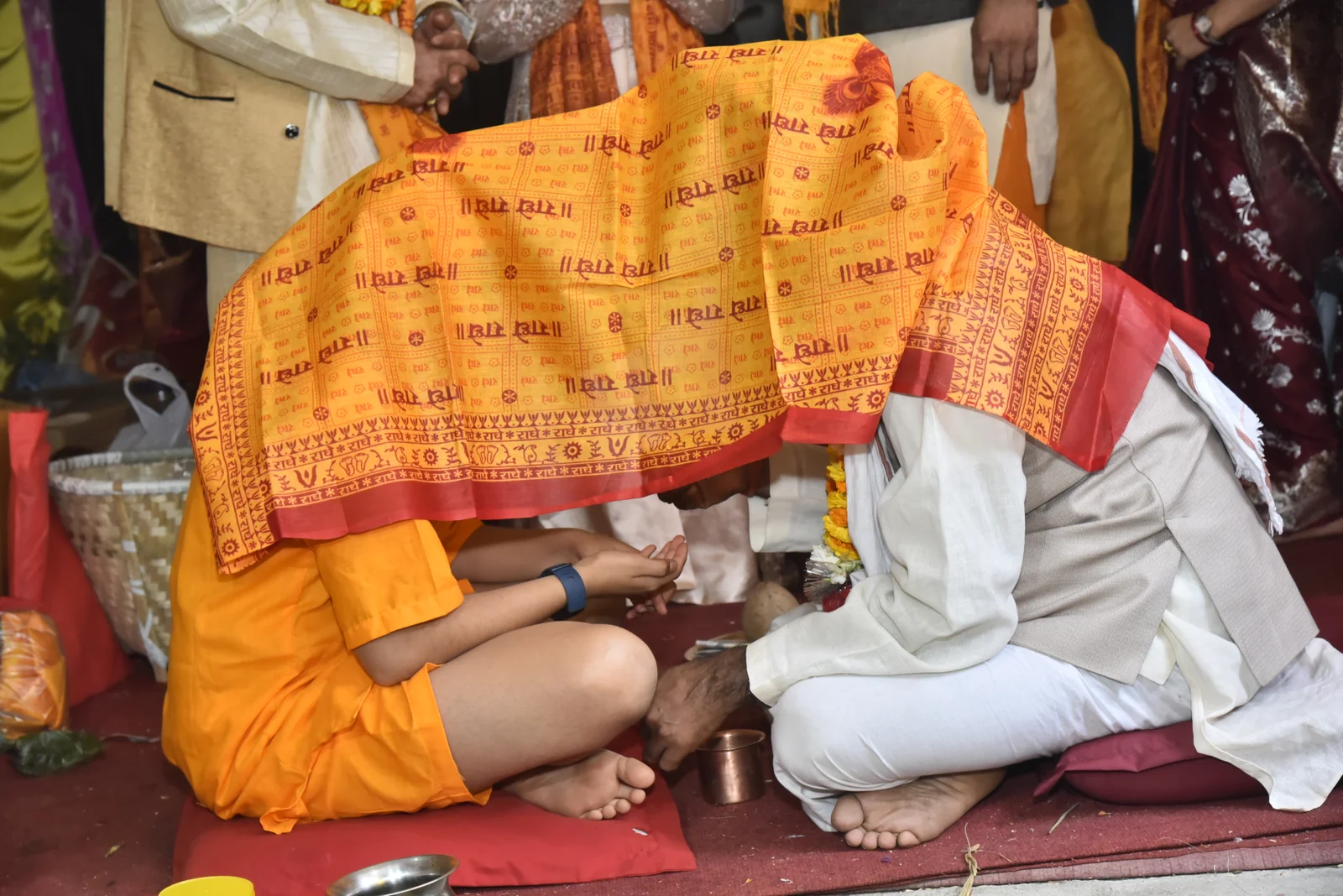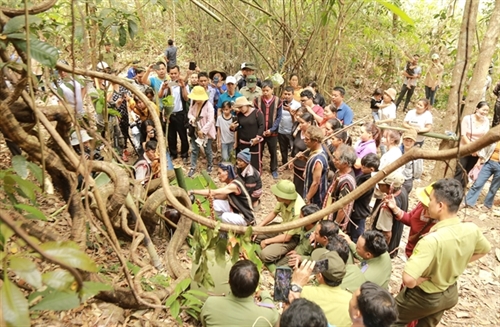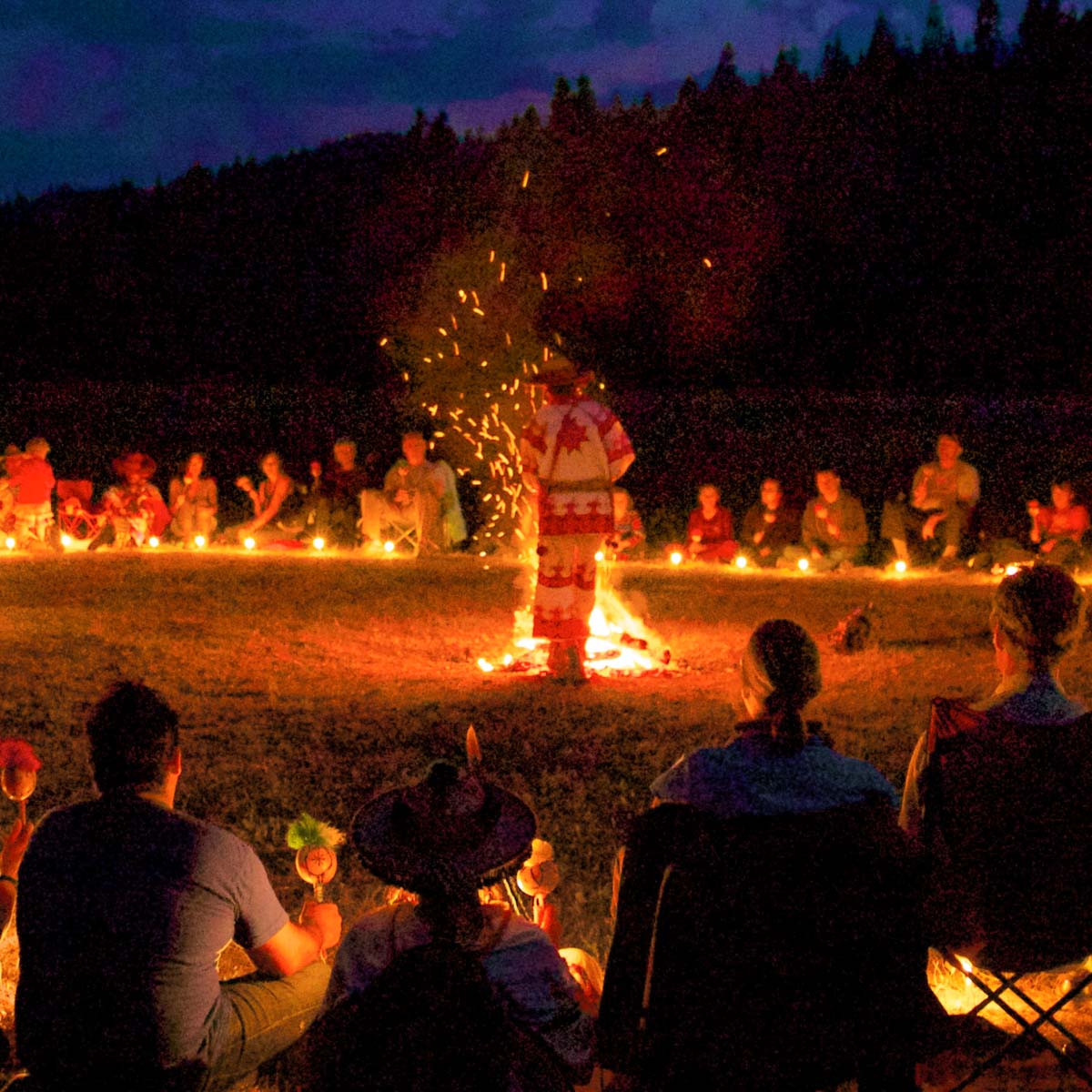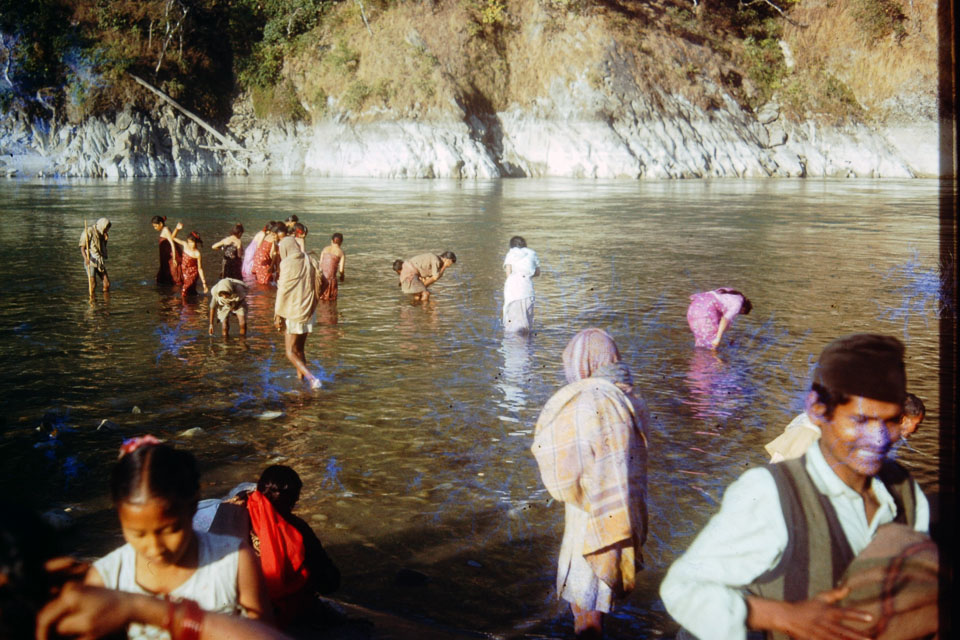Share this Article
In Nepal, death and mourning are deeply intertwined with religious, cultural, and social practices. The customs surrounding death vary among Nepal’s diverse ethnic and religious communities, but the common theme across all is the recognition of death as a natural transition in the cycle of life, often accompanied by rituals that honor the deceased and support the living through their grief. Hinduism, Buddhism, and animistic traditions play significant roles in shaping the death rituals in Nepal. These rituals are not only religious observances but also social events that strengthen family bonds, community ties, and cultural continuity.
1. Death Announcement and Initial Practices
The moment of death is observed with particular reverence. Upon the death of a family member, the immediate family, typically close relatives, begin preparations for the rituals. The following steps are generally observed:
- Confirmation of Death: In Hindu and Buddhist families, the family elder or a spiritual leader confirms the passing. In Hindu households, the body is often bathed, and the face is covered with a cloth, sometimes using the sacred thread (janoi) to ensure that the soul leaves the body in peace.
- Gathering of Relatives (Malami): In the Hindu tradition, those who gather to accompany the deceased body to the ghat (riverbank for cremation) on the first day of death are called "Malami." These individuals, typically family members, close friends, and community members, travel together in a somber procession. The presence of Malami is a sign of respect, solidarity, and shared grief. The collective journey to the riverbank reinforces the community’s support and the solemnity of the ritual.
- Preparing the Body: The body of the deceased is typically bathed and dressed in clean clothes. In Hindu communities, a common practice is for the deceased to wear white or new clothes, signifying purity and a new journey. In some cases, offerings of food, incense, or flowers are made to the deceased to assist the soul’s journey.
2. Transporting the Body to the Ghat (Riverbank)
In Hindu traditions, the body of the deceased is taken to a nearby ghat (riverbank) for cremation. Rivers such as the Bagmati, Kaligandaki, and Devghat hold great significance in Nepali culture and are considered auspicious for the final rites. The belief is that the holy waters of these rivers help cleanse the soul and assist in the deceased's peaceful passage into the afterlife.
- Journey to the Ghat: The body is carried in a procession, typically by male family members or relatives, and is transported to the ghat. Along the way, family and friends chant mantras, and various offerings are made to honor the deceased.
- Significance of the Ghat: The ghat is seen as a sacred place where the spirit can transition peacefully to the next world. The proximity to water, often considered purifying in Hindu beliefs, is essential for the final rites. These riverbanks serve as communal spaces where death rituals are carried out for many families.
3. The Cremation Ritual
After the body arrives at the ghat, the final rites are performed. The cremation process is crucial for the deceased to be freed from the physical body and reach the next stage of their spiritual journey.
- The Role of the Elder Son: The first fire is traditionally lit by the eldest son of the deceased. This custom holds deep patriarchal significance. The act of lighting the fire is symbolic of the son’s duty to ensure the safe passage of the soul to the afterlife. In Hindu belief, it is thought that a son is necessary to perform these rites, as daughters are traditionally not allowed to give the initial fire. This practice underscores the deeply rooted patriarchy in Nepali culture, where the responsibility for the deceased's soul’s liberation has often been placed on male family members.
- Symbolism of the Fire: The fire represents the transformation of the physical body into ashes, signifying the end of the earthly existence and the release of the soul from the material world. As the body is consumed by flames, mantras are chanted to guide the soul toward liberation (moksha).
- Cremation Rituals: Family members, particularly the male members, observe the cremation process, and in some cases, participate by offering fuel to the fire or performing other rituals. The ritual is believed to help the soul’s transition to the afterlife and free the departed from the cycle of rebirth.
4. The Mourning Period
The mourning period following the death of a loved one is a time of grieving, reflection, and religious observance. This period varies in length depending on the traditions of the family and community, but it is typically 13 days in Hindu culture, known as the “Shraadh” period.
- Shraadh (Hindu Mourning Period): This is the 13-day mourning period where close family members of the deceased are expected to observe rituals of purity. During this time, the family refrains from celebrations, large gatherings, and wearing new clothes. Special prayers and offerings (known as "Shraddha") are made to the deceased’s soul. The offerings are meant to ensure peace for the departed and help them attain a favorable afterlife.
- Pind Daan: On the 13th day, family members perform the "Pind Daan," an offering of rice balls to the departed soul. This ritual is conducted by a priest or family elder, where rice is shaped into balls and offered as food to the ancestors. This ceremony is thought to ensure the deceased’s peace and blessings for the living family members.
- Grief and Social Obligations: During the mourning period, the family is expected to wear white clothes, refrain from attending social gatherings, and engage in prayers. Relatives and friends come to offer their condolences, and a special memorial service is held for the deceased.
- Community Support: Community and religious groups often provide support during this difficult time. In some regions of Nepal, local temples or monasteries may organize collective prayers for the deceased. Neighbors and friends may also provide food and assistance to the bereaved family, helping them manage the various aspects of mourning.
5. Rituals After the Mourning Period
Once the mourning period is over, families perform additional rituals to symbolize the departure of grief and to return to regular life.
- Reestablishing Ritual Purity: After the 13-day period, the family often hosts a ritual of purification to return to normal life. This might involve a prayer or small celebration, symbolizing the end of mourning. Family members, especially those who were involved in the funeral rites, take a ceremonial bath or purification ritual to cleanse themselves from any ritual impurity.
- Feast for the Community: It is common for the family to host a feast or gathering for friends and neighbors, thanking them for their support during the mourning period. This is an act of gratitude and a social ritual that marks the end of mourning.
6. Tibetan Buddhist and Other Ethnic Groups’ Rituals
For the Tibetan Buddhist population in Nepal and other ethnic groups like the Newars, the death rituals have distinct practices.
- Tibetan Buddhist Rituals: Tibetan Buddhists in Nepal, especially those living in areas like the Kathmandu Valley, follow specific death rituals. The body is usually preserved for several days, allowing time for monks to perform prayers and rituals. The deceased is often cremated in a place of sanctity, and special offerings are made to the soul to ensure a peaceful journey to the next life. The use of mantras and prayers plays a crucial role in Tibetan Buddhist death rituals.
- Newar Customs: The Newars, the indigenous people of the Kathmandu Valley, have their own distinctive funeral customs. For example, after cremation, the family holds a “Teej” ceremony to mark the end of the mourning period. They also perform rituals to ensure that the soul is reincarnated in a peaceful state.
7. Symbolic Objects and Cultural Significance
Throughout the mourning and death rituals in Nepal, symbolic objects hold significant meaning:
- Candlelight and Incense: Lighting candles or incense is common in both Hindu and Buddhist death rituals. These symbols represent the soul’s journey from darkness to light, signifying the transition from life to death and beyond.
- Bells and Chimes: In Buddhist rituals, bells and chimes are often used during ceremonies. These sounds are believed to help purify the space and call the spirits to witness the prayers being offered.
- Sacred Threads: In Hindu funerals, the sacred thread (janoi) of the deceased is sometimes symbolically tied or removed as part of the rituals.
Conclusion
The death and mourning rituals in Nepal offer a unique window into the country’s rich tapestry of cultural and religious beliefs. They serve not only as a means to honor the deceased but also as a way for the living to express their grief, ensure the soul's safe passage, and reaffirm their faith in the cycles of life and death. From the initial rites to the post-mourning celebrations, these rituals highlight the deep connection between life, death, and the afterlife, which is central to the spiritual life of many Nepalese people. Despite variations across communities, the rituals surrounding death in Nepal maintain the essence of respect, community solidarity, and reverence for the spiritual journey beyond death.
Categories:
Culture & Traditions
,
History & Heritage
,
Lifestyle & Local Life
Tags:
tradition
,
Heritage







